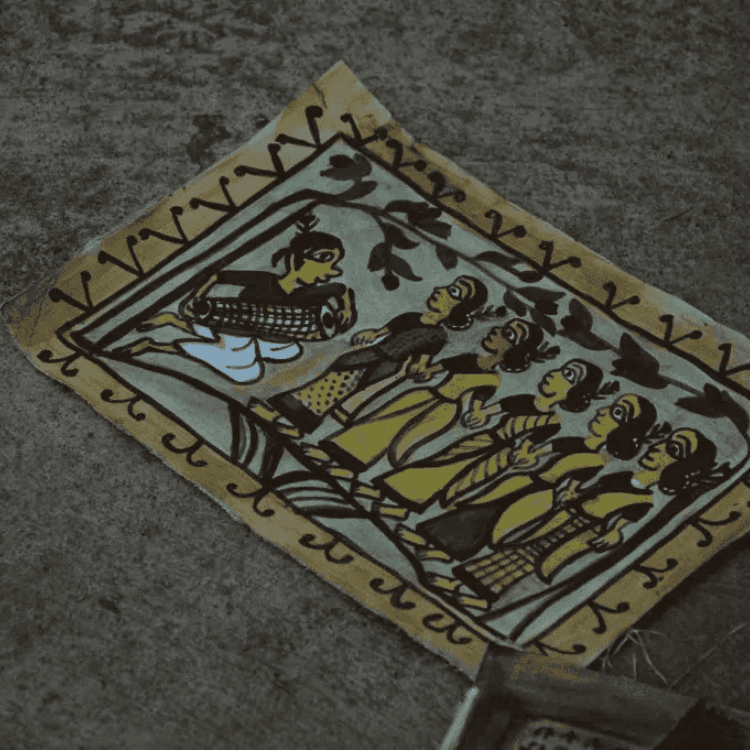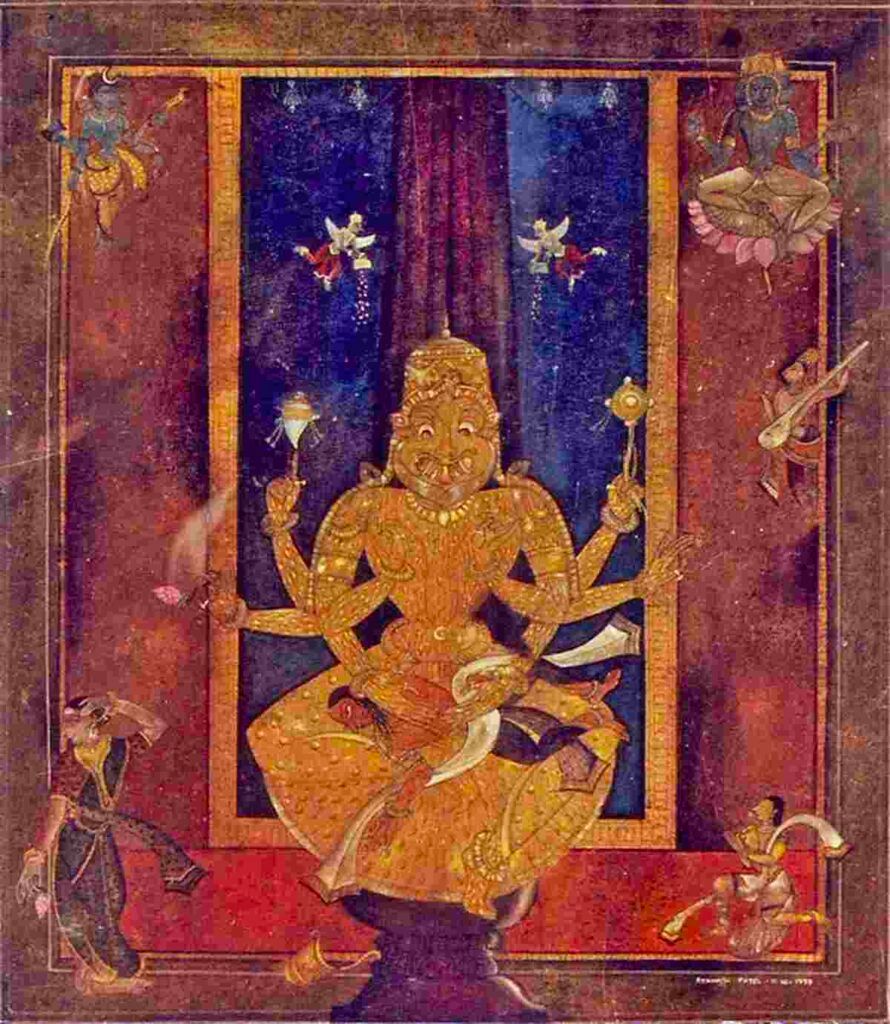
Your Cart
Lost art of India (art that no longer is being practised)

India is a diverse country with traditional art forms from every region rich in culture and community. Each art form has its cultural significance and history. These traditions and art forms are slowly fading away owing to the rise in urbanisation and capitalism. The lack of documentation of some art forms of India, and the impact of urbanisation and capitalism has led to the lack of practice of the art form. Another factor impacting the loss of these traditional art forms is that indigenous people have to choose between sustenance and their tradition of making these art forms.
Here are some examples of unique art and paintings of India that are not very much known or talked about and must be preserved.

1\. **Jadopatia painting** --------------------------
Jadopatia painting is a folk art form practised for centuries in Jharkhand, typically practised by the Santhal tribe, who create scrolls known as Jado or Jadopatia. These paintings were used to tell stories in the form of illustrations depicting scenes from the afterlife, fantasy worlds and legends about gods.
The traditional horizontal scrolls were converted into vertical scrolls, and the length of the painting was subsequently shortened to accommodate the display of multiple scenes. They used natural inks and colours that were mostly just earth tones like brown, yellow, and orange. They have always relied on storytelling to make a living, but presently the majority of artists have abandoned the practice since there aren’t enough buyers for their art which is no longer financially viable.

2\. Nirmal Painting -------------------
Nirmal Painting originated under the Kakatiya dynasty and became widely popular after being patronised by the Nizams of Hyderabad. The artists would paint mythological and folklore stories on the walls of houses and furniture. It is said that the artists were inspired by Rajasthani miniature and Mughal paintings.
The traditional Nirmal art paintings were initially painted on the surface of walls on Ponniki wood using plant-based natural pigment paints and dye extracts. Ponniki wood was substituted by other materials such as seasoned teak wood, rosewood, and cardboard frames made of plywood and artificial materials. Natural paints were eventually replaced by synthetic paints, Duco colours, acrylic colours, and oil paints as time went on.
In recent years, to cater to changing customer preferences, craftspeople have begun making utility goods and modern wooden furniture and covering them with Nirmal painting and efforts have been made to bring these paintings back to life by producing natural dyes and paints, as well as using inherited traditional techniques.

3\. Surpur Art --------------
Surpur Art is regarded as a successor of the Vijayanagara style which flourished under the patronage of Immadi Venkatapa Nayaka and Mummadi Venkatapa Nayaka. Murals found on the walls of abandoned houses and temples in the Surpur taluk of the Yadgir region are where the paintings of today's period got their start. It has similarities with the Tanjore painting style and the Mysore style. Ashtadikpalakas, or the guardians of the eight directions, are examples of mythology and Vedic elements that are present in the subject. It also has similarities with the Tanjore painting style and the Mysore style. It is on the verge of extinction due to a lack of institutional support and training provided by seniors to aspiring artists to keep this beautiful art form alive.
Preserving Art of India -----------------------
The preservation and protection of traditional art forms and knowledge are becoming increasingly difficult. As a result, it is past time to revive these art forms and raise awareness about them in urban areas. Rooftop app, through its various initiatives is preserving art forms of India that are still in practice. So let us work together to create a world where folk art is valued and artisans are recognized for their abilities.
To read more insightful blogs on the traditional art forms present in India, visit rooftopapp.com or download the app on your Android or iOS phone. You can also follow us on Instagram for some interesting factoids!